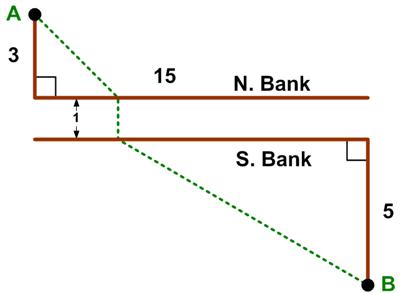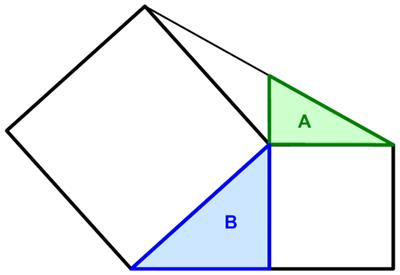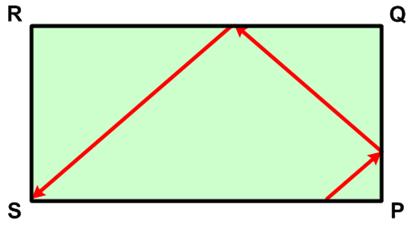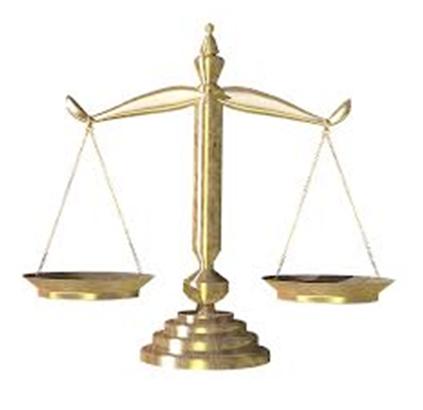 This is a riff on a classic problem, given in Challenging Problems in Algebra.
This is a riff on a classic problem, given in Challenging Problems in Algebra.
“N. Bank and S. Bank are, respectively, the north and south banks of a river with a uniform width of one mile. Town A is 3 miles north of N. Bank, town B is 5 miles south of S. Bank and 15 miles east of A. If crossing at the river banks is only at right angles to the banks, find the length of the shortest path from A to B.
Challenge. If the rate of land travel is uniformly 8 mph, and the rowing rate on the river is 1 2/3 mph (in still water) with a west to east current of 1 1/3 mph, find the shortest time it takes to go from A to B. [The path across the river must still be perpendicular to the banks.]”
Answer.
See the River Crossing for a solution.
 Mathnasium of Amarillo had a nice follow up on the sum of angles type of puzzle.
Mathnasium of Amarillo had a nice follow up on the sum of angles type of puzzle.
 Setting aside my chagrin that the following problem was given to pre-university students, I initially found the problem to be among the daunting ones that offer little information for a solution. It also was a bit “inelegant” to my way of thinking, since it involved considering some separate cases. Still, the end result turned out to be unique and satisfying (Talwalkar’s Note 2 was essential for a unique solution, since the problem as stated was ambiguous).
Setting aside my chagrin that the following problem was given to pre-university students, I initially found the problem to be among the daunting ones that offer little information for a solution. It also was a bit “inelegant” to my way of thinking, since it involved considering some separate cases. Still, the end result turned out to be unique and satisfying (Talwalkar’s Note 2 was essential for a unique solution, since the problem as stated was ambiguous). This is a riff on a classic problem, given in Challenging Problems in Algebra.
This is a riff on a classic problem, given in Challenging Problems in Algebra. Here is another imaginative geometry problem from
Here is another imaginative geometry problem from  The issue 7 of the Chalkdust mathematics magazine had an interesting geometric problem presented by Matthew Scroggs.
The issue 7 of the Chalkdust mathematics magazine had an interesting geometric problem presented by Matthew Scroggs. This problem posted by Presh Talwalkar offers a variety of solutions, but I didn’t quite see my favorite approach for such problems. So I thought I would add it to the mix.
This problem posted by Presh Talwalkar offers a variety of solutions, but I didn’t quite see my favorite approach for such problems. So I thought I would add it to the mix. This was a nice geometric problem from Poo-Sung Park
This was a nice geometric problem from Poo-Sung Park  This is another UKMT Senior Challenge problem, this time from 2006.
This is another UKMT Senior Challenge problem, this time from 2006. Normally I don’t care for combinatorial problems, but this problem from
Normally I don’t care for combinatorial problems, but this problem from  The following is a famous problem of Bachet as recounted by Heinrich Dörrie in his book 100 Great Problems of Elementary Mathematics:
The following is a famous problem of Bachet as recounted by Heinrich Dörrie in his book 100 Great Problems of Elementary Mathematics: